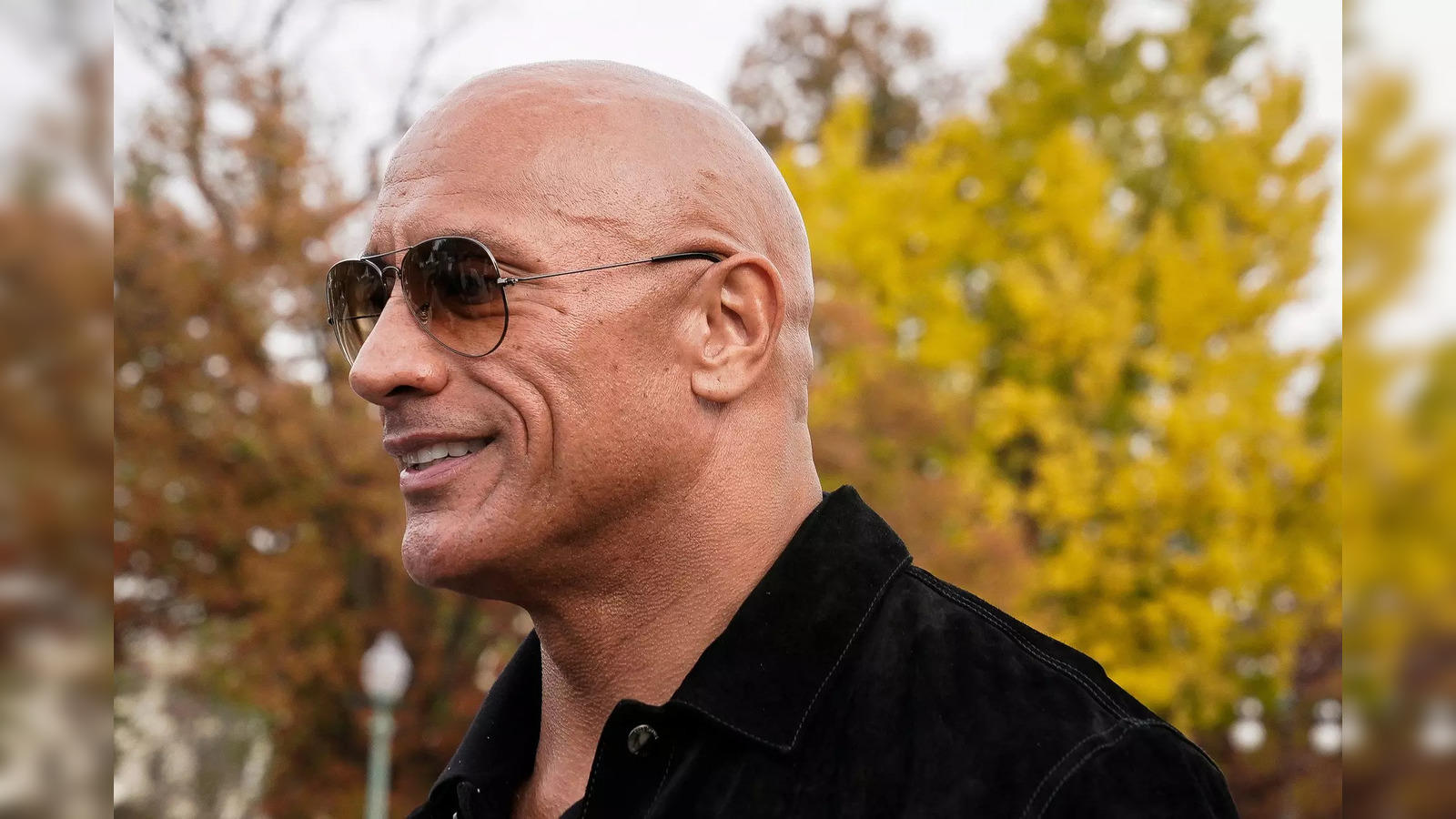In the world of archaeology, where the sands of time often bury secrets deeper than the pyramids themselves, a discovery of monumental proportions has stirred the scholarly community to its core. Brace yourselves, for the mummy is about to rise again, not in the realm of myth and legend, but in the tangible world of science and exploration.

The very notion of resurrection has long been relegated to the realms of theology and folklore, but prepare to have your beliefs challenged. Recent breakthroughs in archaeological techniques and scientific methodologies have brought us to the precipice of a remarkable revelation: the potential to bring the past back to life.

Imagine, if you will, the ancient Egyptians, their civilization shrouded in mystery and enigma. For centuries, we have marveled at their achievements, deciphered their hieroglyphs, and revered their gods. But what if we could do more than just study their artifacts and speculate about their lives? What if we could bring an actual individual from that distant era into the present day?
It may sound like the stuff of science fiction, but the reality may be closer than we think. Advances in DNA analysis, coupled with state-of-the-art preservation techniques, have opened the door to the possibility of mummy resurrection. No longer confined to the dusty confines of museum displays, these ancient beings could soon walk among us once more.
But with this astonishing prospect comes a host of ethical and moral questions. Are we playing god by tampering with the sanctity of the dead? What rights do these resurrected individuals have, if any? And what impact will their return have on our understanding of history and humanity itself?

As the debate rages on, one thing is clear: the mummy’s resurrection is not just a scientific achievement, but a cultural and philosophical milestone. Whether it heralds a new era of enlightenment or unleashes forces beyond our control remains to be seen. But one thing is for certain: the sands of time are shifting, and the world as we know it may never be the same again.